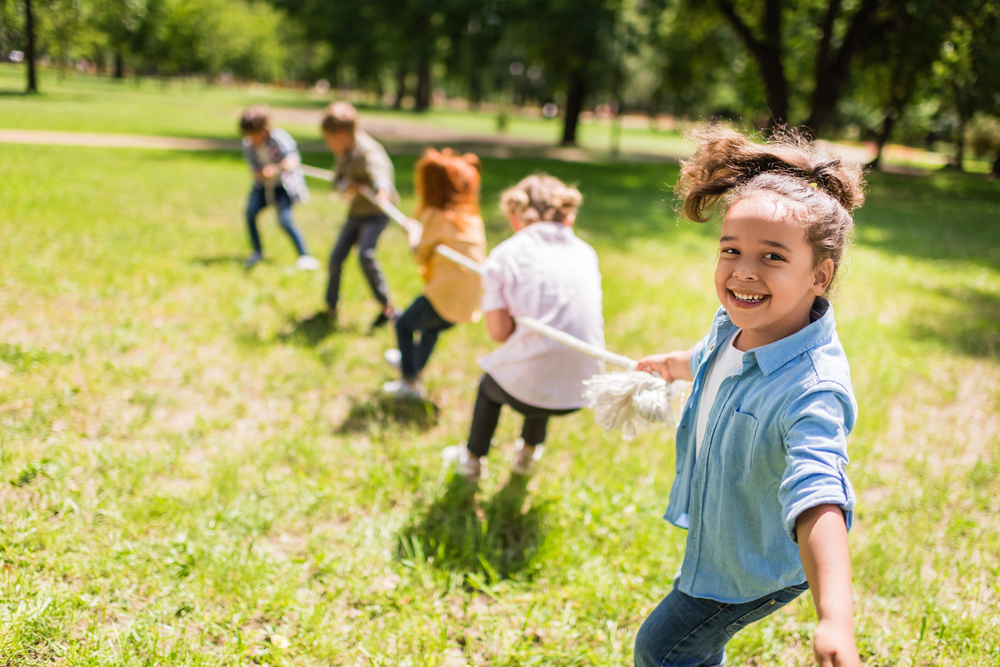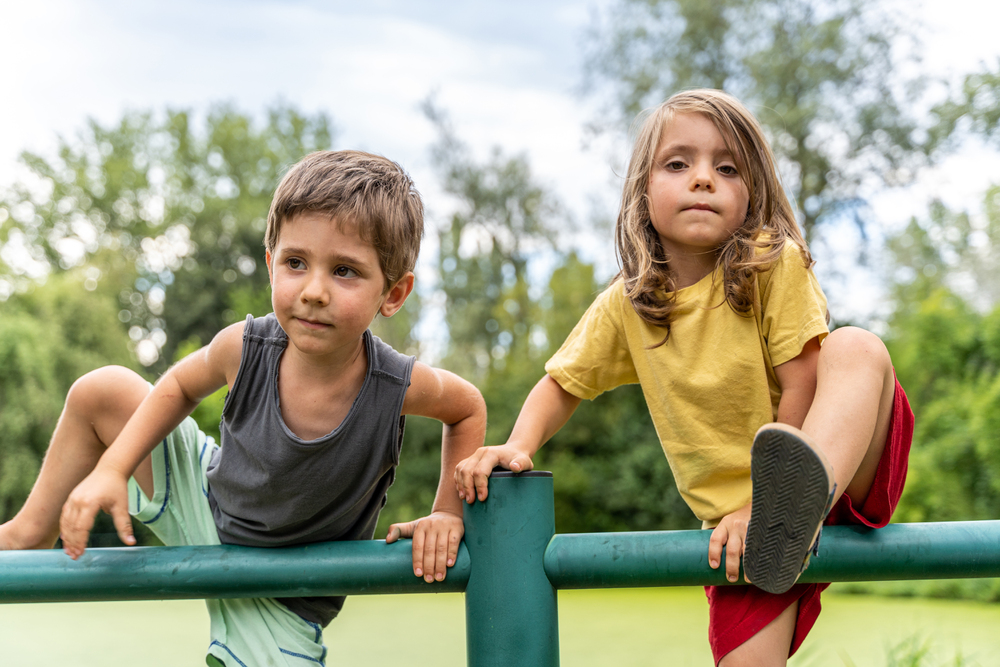Featured
By embarking on open-air adventures, parents and children can forge strong bonds and craft cherished memories. To ensure these experiences are enjoyable, it is critical to prioritize safety. With advanced preparation and awareness of potential hazards, accidents can be easily prevented without eliminating fun.
Having an understanding of first aid procedures plus carrying the required supplies is also crucial. This allows parents to quickly handle minor incidents efficiently, guaranteeing their kid’s outdoor experience remains positive and engaging.
Choosing the Right Gear
The first step to guarantee safety during activities is opting for suitable equipment. Children, in particular, require clothing and footwear that are not only durable and comfortable but also appropriate for the weather conditions and terrain they will be in. Lightweight materials with good breathability work well for summer hikes, while waterproof clothing items are essential when it rains. Pick shoes that offer excellent grip as well as ankle support.
It is also crucial to have the right equipment for specific sports or events: helmets for biking, life jackets for swimming, and wrist guards for skating. Parents must also ensure these fit properly so they can provide adequate protection. Moreover, preparing a backpack filled with extra water bottles and snacks is always great for preventing tantrums.

Identifying and Avoiding Hazards
A safe family outing requires an understanding of outdoor hazards. Educating your children about toxic flora like poison ivy or oak, as well as perilous fauna, is crucial for their safety. Make sure they comprehend the importance of keeping a secure distance from plants and wildlife. It is also essential to be aware of the environmental conditions of the destination you plan to visit.
To avoid getting caught in storms, always check weather forecasts beforehand. Also familiarize yourself with water currents and tides by keeping an eye on the news. This will serve as a preventive measure against any potential accidents if you plan on swimming or indulging in water activities. Last but not least, stay vigilant of dangers such as broken playground equipment and unmarked trail edges while exploring new areas with your children.
Teaching Basic Safety Rules
Children who are taught fundamental safety guidelines can safely explore outdoor environments. Remaining visible to a parent or caregiver is one crucial rule that must always be followed. Have an open discussion with your child about staying in sight and enact it while outdoors together.
Moreover, clearly communicating physical limits within extensive or unfamiliar landscapes is vital. For their comprehension, mark boundaries using campsite borders or park perimeters. To prevent unforeseen circumstances, kids should be trained to seek help from reliable strangers, such as policemen or guards. Guiding them how to use a whistle or cell phone to call for help is also necessary.

First Aid and Crisis Preparedness
Parents should familiarize themselves with basic techniques to treat cuts, scrapes, insect stings, and sprains. For outings, they should also carry a portable kit that includes bandages, antiseptics, tweezers, and allergy medication. It is also crucial to list down emergency contacts on a piece of paper. This can be super helpful when a phone’s battery dies out or when there is an urgent need for communication.
By preparing ahead for such scenarios, parents equip themselves with the ability to respond promptly and effectively. This reduces the potential harm or discomfort associated with a serious incident or mishap during outdoor adventures.
Planning Safe Outdoor Activities
When selecting and organizing outdoor activities, it is important to take your childrens’ ages and capabilities into account. Younger ones might prefer a leisurely stroll in nature with multiple opportunities for exploration, whereas older ones could tackle trickier hikes or bike rides. Even with the appropriate activities, supervision is always crucial. There should always be an adequate number of adults keeping a close watch.
If you are not up for open-air adventures that push you to leave your vicinity or if your kids are still too young, you could consider other options. By hiring a swimming pool contractor or installing a set of swings in your yard, you can provide your children with an enjoyable outdoor experience right at home!

Cultivating Respect for Nature
Enlighten your children about the significance of preserving wildlife habitats and the negative human impact on the environment. Ask them to refrain from disturbing animals and taking rocks or plants home as keepsakes. They should also be informed of the importance of respecting designated paths to protect green life and ecosystems.
By encouraging kids to observe nature, parents can help them become more aware and respectful. This enables them to automatically steer clear of potentially harmful actions that may affect themselves or their surroundings negatively.
Conclusion
With thorough preparation, awareness of hazards and safety rules, families can confidently venture into the outdoors. Carefully planning each trip based on its specifics, further allows each adventure to turn into an opportunity for learning and joyful exploration.
Image Credit: depositphotos.com






























